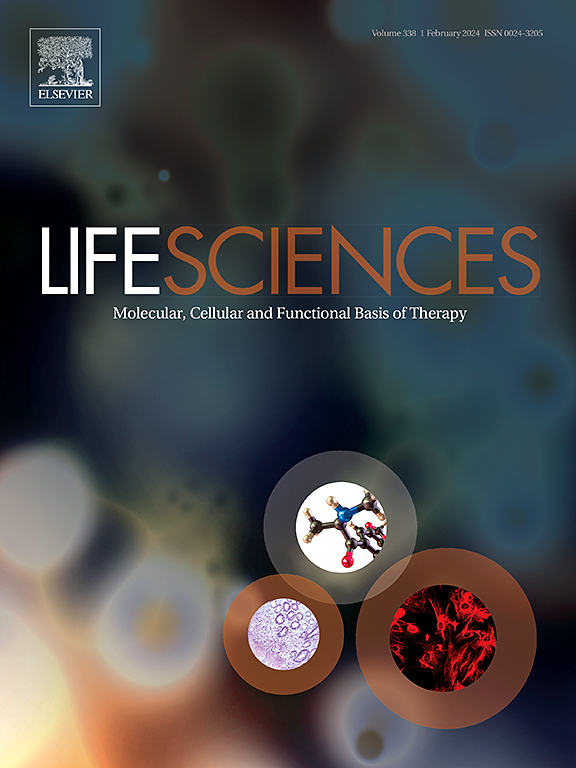Regulatory mechanism of ferroptosis in acute kidney injury and potential therapeutic strategies
IF 5.2
2区 医学
Q1 MEDICINE, RESEARCH & EXPERIMENTAL
引用次数: 0
Abstract
Ferroptosis is a type of iron-dependent programmed cell death distinguished by increased oxidative stress and the pathological accumulation of lipid peroxides within the cell membrane. Emerging evidence suggests a strong link between ferroptosis and both the occurrence and progression of acute kidney injury (AKI). However, many outstanding issues remain to be solved in the development of drugs that target ferroptosis. Therefore, it is imperative to present a comprehensive overview of the most recent advancements in the field of ferroptosis. In this review, we systematically summarize the predisposing factors and defense mechanisms of ferroptosis in AKI. Moreover, we focused on the role of specific regulators related to ferroptosis, including STING, CX3CL1, FXR, and CD36, in AKI. These regulatory factors may be potential targets for treating AKI in the future. Additionally, potential strategies for preventing AKI by targeting ferroptosis were also highlighted in this study. Numerous studies have demonstrated that targeting ferroptosis to alleviate inflammation and renal fibrosis, modulate metabolic reprogramming, and regulate reactive oxygen species may represent an effective strategy for mitigating the progression of AKI. These findings offer novel potential targets and therapeutic strategies for managing AKI through ferroptosis.

铁下垂在急性肾损伤中的调节机制及潜在的治疗策略
铁死亡是一种铁依赖性程序性细胞死亡,其特征是氧化应激增加和细胞膜内脂质过氧化物的病理性积累。新出现的证据表明,铁下垂与急性肾损伤(AKI)的发生和进展之间存在密切联系。然而,在针对铁下垂的药物开发中,仍有许多突出的问题有待解决。因此,有必要对铁下垂领域的最新进展进行全面概述。本文就AKI中铁下垂的易感因素及防御机制作一综述。此外,我们关注了与铁凋亡相关的特定调节因子,包括STING、CX3CL1、FXR和CD36在AKI中的作用。这些调节因子可能是未来治疗AKI的潜在靶点。此外,本研究还强调了通过靶向铁下垂预防AKI的潜在策略。大量研究表明,针对铁下垂减轻炎症和肾纤维化,调节代谢重编程,调节活性氧可能是减缓AKI进展的有效策略。这些发现为通过铁下垂治疗AKI提供了新的潜在靶点和治疗策略。
本文章由计算机程序翻译,如有差异,请以英文原文为准。
求助全文
约1分钟内获得全文
求助全文
来源期刊

Life sciences
医学-药学
CiteScore
12.20
自引率
1.60%
发文量
841
审稿时长
6 months
期刊介绍:
Life Sciences is an international journal publishing articles that emphasize the molecular, cellular, and functional basis of therapy. The journal emphasizes the understanding of mechanism that is relevant to all aspects of human disease and translation to patients. All articles are rigorously reviewed.
The Journal favors publication of full-length papers where modern scientific technologies are used to explain molecular, cellular and physiological mechanisms. Articles that merely report observations are rarely accepted. Recommendations from the Declaration of Helsinki or NIH guidelines for care and use of laboratory animals must be adhered to. Articles should be written at a level accessible to readers who are non-specialists in the topic of the article themselves, but who are interested in the research. The Journal welcomes reviews on topics of wide interest to investigators in the life sciences. We particularly encourage submission of brief, focused reviews containing high-quality artwork and require the use of mechanistic summary diagrams.
 求助内容:
求助内容: 应助结果提醒方式:
应助结果提醒方式:


